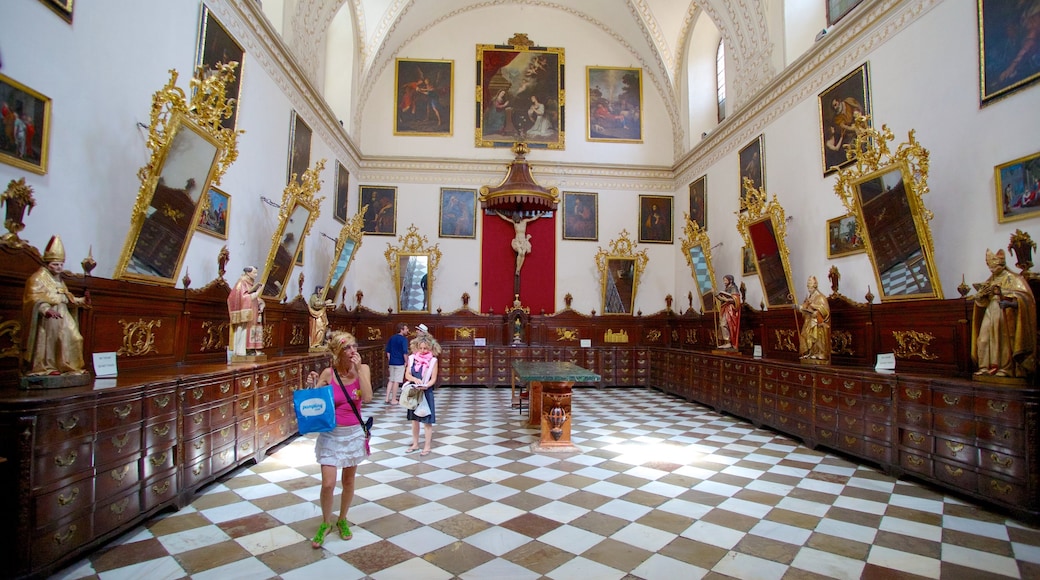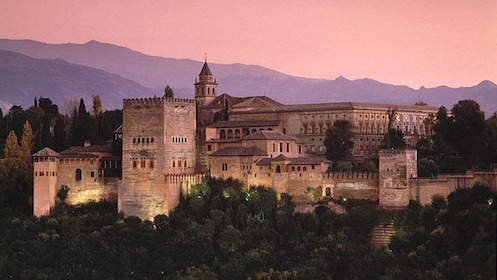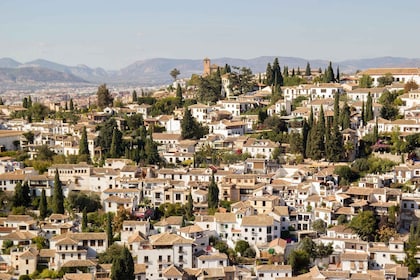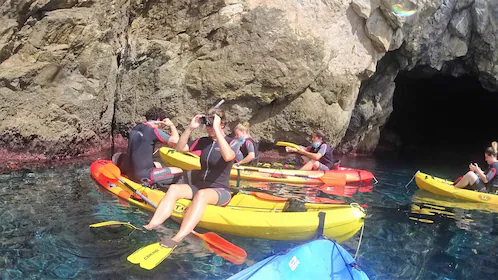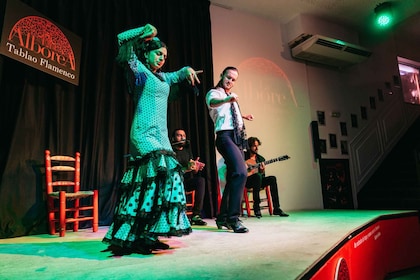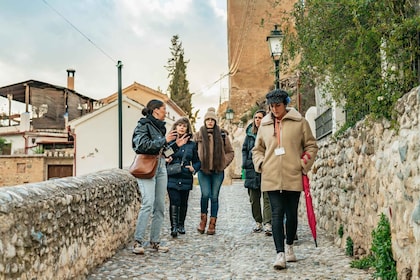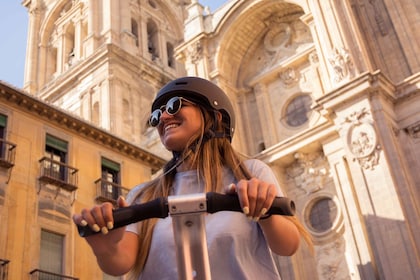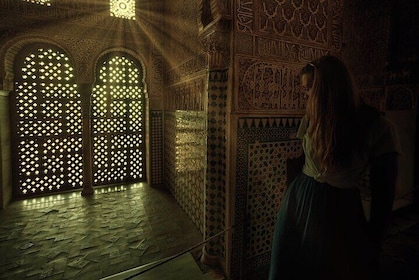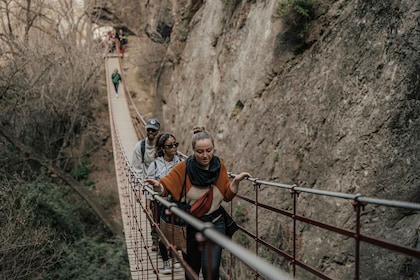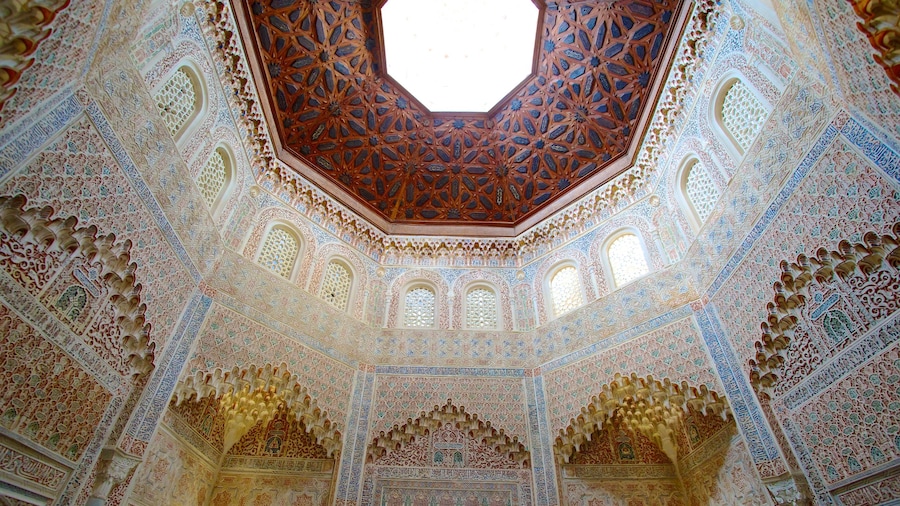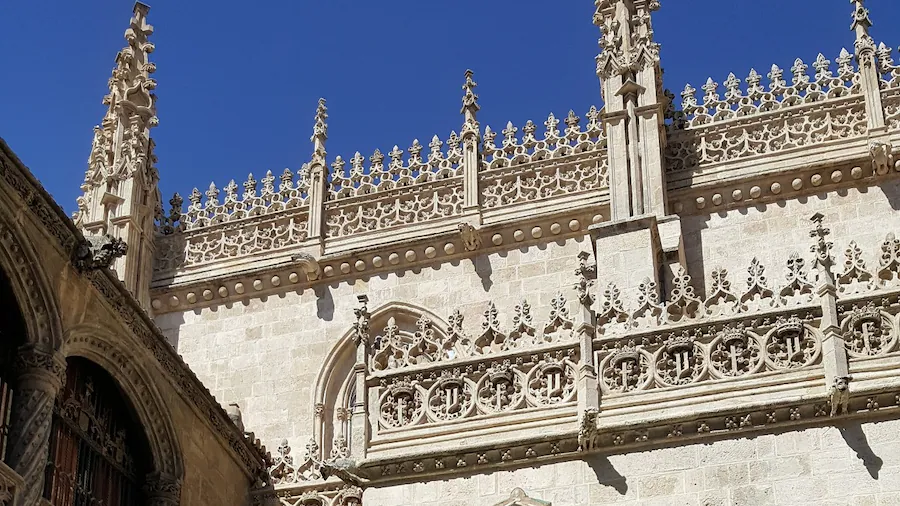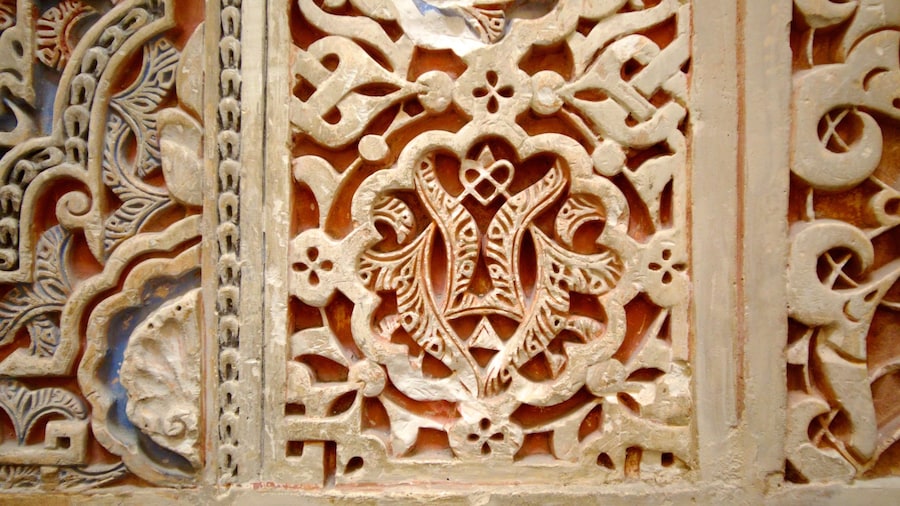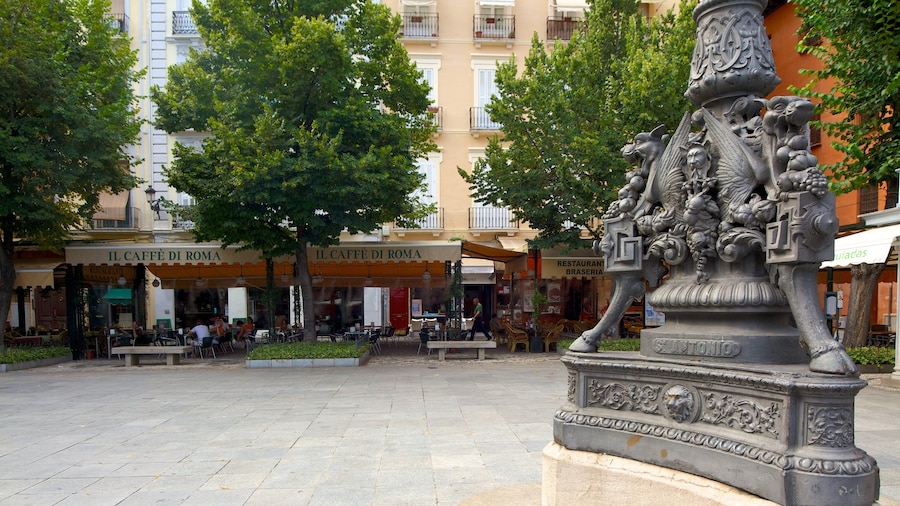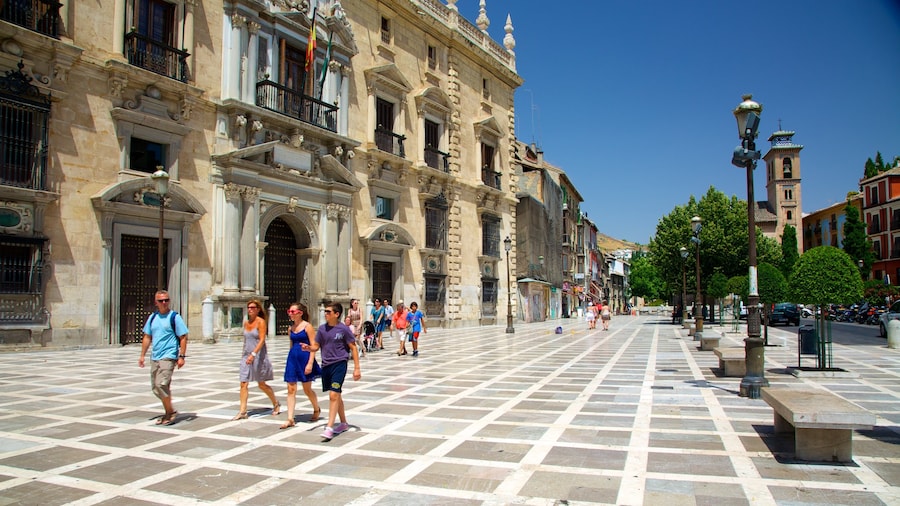A masterpiece of Spanish Renaissance architecture, this cathedral is known for its stunning chapels, art collection and as the resting place of a revered queen.
Granada Cathedral is also known as the Cathedral of Santa María de la Encarnación and is considered a masterpiece of Spanish Renaissance architecture. Walk under the magnificent dome and admire the statues, paintings and chapels before visiting the crypt where two of Spain’s best-loved monarchs lay at eternal rest.
The cathedral was built under the orders of Queen Isabella after the Conquest of Granada, the military campaign that ended 800 years of Muslim rule. Construction started in the early 16th century on the site of Granada’s main mosque and was completed 181 years later.
One of the first things you’ll notice inside the cathedral is just how bright it is. This is because the stonework has been rendered in brilliant white. Take the time to truly appreciate the intricate design of the cathedral’s dome with its large frescoes and stained-glass windows. View the many paintings above altars and inside the various chapels.
Connected to the cathedral is the Royal Chapel that contains the remains of Isabella and her husband Ferdinand. They were given the title, “The Catholic Monarchs,” by Pope Alexander VI, in recognition of their efforts to defend the faith. Before you go in, look at the beautiful carvings on the Gothic doorway.
Once inside, examine the queen’s personal art collection of works by Spanish, Italian and Flemish artists. Inside a glass case you’ll see Ferdinand’s sword and Isabella’s crown and scepter. Venture quietly into the crypt that holds the royal couple’s tombs.
Step through the carved stone archway to the cathedral’s museum where a treasure trove of sculptures, tapestries, jewellery and vestments awaits. The museum is also home to many significant religious paintings from the 16th, 17th and 18th centuries.
Granada Cathedral is situated in the centre of the city close to several bus routes. You cannot get near to the building by car as some roads are closed to private vehicles, although taxis can use them. The cathedral is open daily and there is an admission charge.
